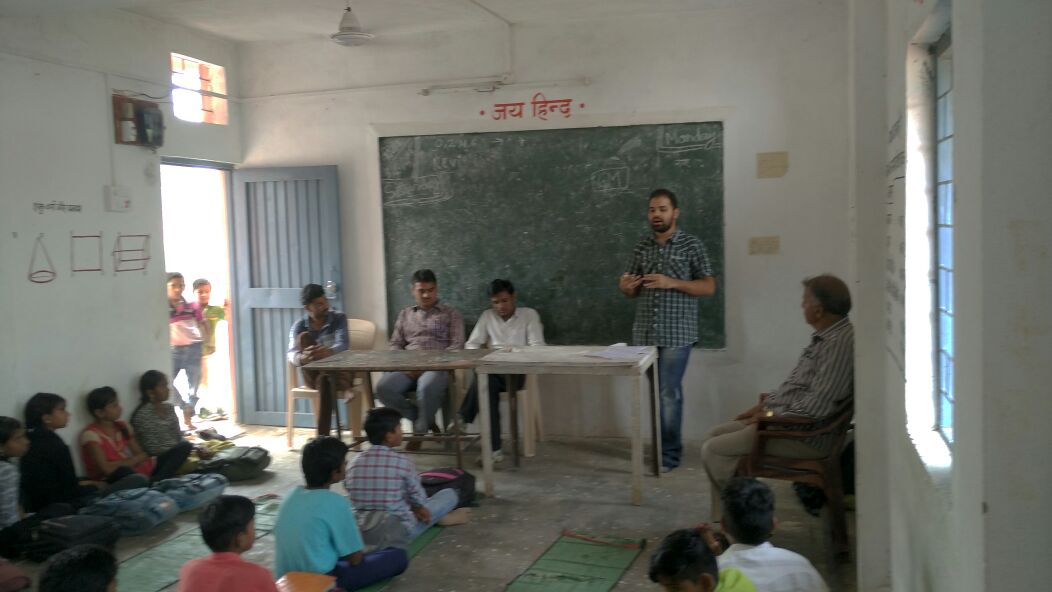GMO In India
Introduction
General Public
Our country, India has been progressively adopting GM crops, which has led to a heated debate in our country. This prompted us to investigate GMO related issues by reaching out to it's stakeholders, general public (consumers and farmers), NGOs and regulatory authorities. We conducted a survey among undergraduates, graduates and professors (330 responses) of colleges in four states of India. We interviewed two highly vocal NGOs, Gene Campaign & ASHA, and two members of GMO related decision making government body. To educate farmers about GM crops and its implications, we prepared a write-up in their local languages, and circulated it among farmers using social media. In order to spread awareness in public sphere about Synthetic Biology, we made a mobile game 'Codonut' (released on the App Store and the Google Play store) to educate players about the concept of codon bias. We also organised an interactive synthetic biology session for students in a high school near our campus and primary school students in a village in Maharashtra.
Non-Government Organizations
Genetic Engineering Approval Committee, India
Education & Awareness
Teaching Synthetic Biology to high school students
Education with fun in Vana vani Matriculation school, chennai, Tamil Nadu, India To expand the synthetic biology community, we believed it’s necessary to create interest in the fundamental stage itself. We went to a school in our locality and interacted with our fellow student community in 12th grade. They all had their major as biology but still they were overwhelmed to know that they can engineer life!
We started with the very basic of DNA, as a source of information written in the language of cells which has only four letters and went to central dogma with proteins as meaning of the words created by those letters. Several analogies made by us like ‘RNA as a photocopy of a particular page in a book’ made them understand well about the concepts. After this we went on to restriction enzymes which cut at palindromic sequences.
Activity: We made a simple activity to make them understand a palindromic sequence. A set of letters were given (say ‘AGACTT’) and the teams were asked to come up with as many palindromic sequences as they can with those letters. Many teams came up with many answers but actually one found out that it is just a simple math! With this we made sure that they understood the basics of complementary base pairing and reverse complementary matching of palindromic sequences.
Atlast the students were told what synthetic biologists are capable of and were asked to come up with some fun applications. We found our future IGEMers as their answers really amused us like glowing roadside trees, toxin detection using fluorescence and many more!
An awareness drive was conducted at the local Government school of Hasampura, a small village in the district Ujjain, Madhya Pradesh, India. Almost all the students of the school came from families with farming and agriculture background. The students were made aware of the importance of science in their life and how crucial it can be when GM crops are introduced at a large scale in the agricultural fields. Various parameters were discussed with them which included the quantity of GM seeds, amount of manure and fertiliser used, nutritional value, cost calculations, insecticides and pesticides usage etc, which were then compared with the conventional technology currently used. Various governmental policies regarding GM crops were also discussed. The students responded well and conveyed the message to their parents. In this way, we were able to spread awareness about the importance of GM crops and how can it revolutionize their lives.



